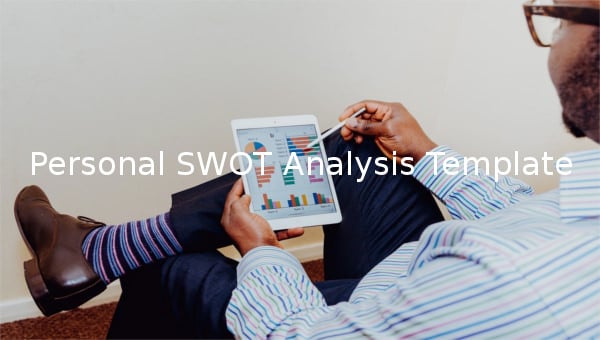
26+ Personal SWOT Analysis Templates – PDF, DOC
It is extremely important to stay aware of the positive and negative aspects of oneself and it helps a person…
Sep 26, 2023
A school data analysis is considered as a diagnostic tool that plans to make rich and deep collaborative discussions among the staff members about the school data. It generally serves as a guide that helps in determining the strengths and challenges along with the directions of the school for its improvement. It is based on the analysis of the data and responses to a series of data-related questions in certain areas.


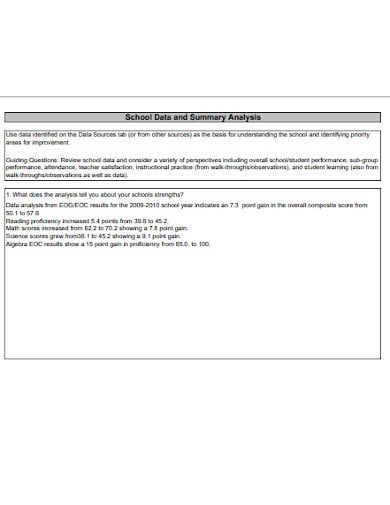 gcsnc.com
gcsnc.com ccsd.net
ccsd.net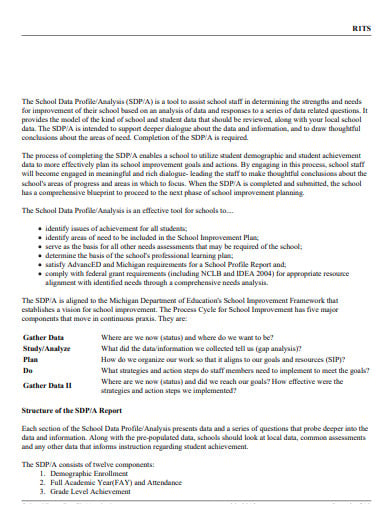 csredhawks.org
csredhawks.org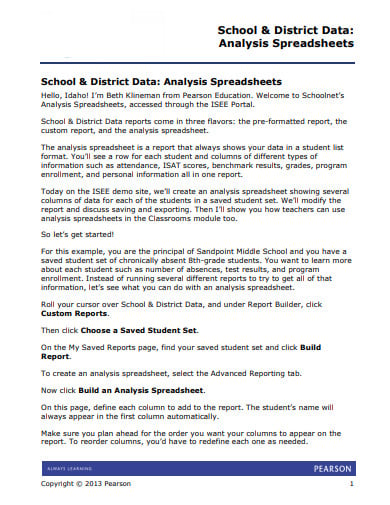 powerschool.com
powerschool.com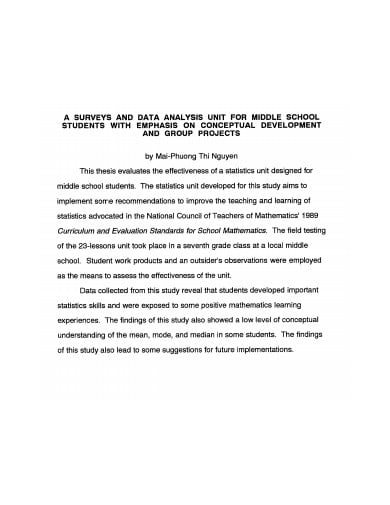 sjsu.edu
sjsu.edu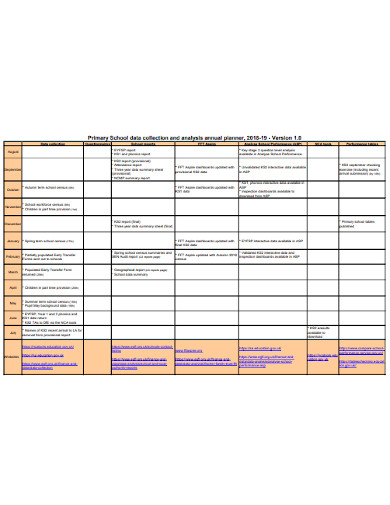 egfl.org
egfl.org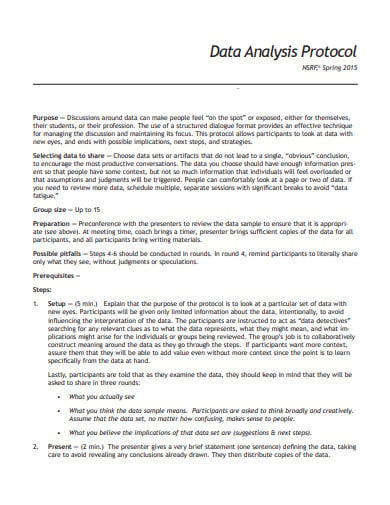 nsrfharmony.org
nsrfharmony.org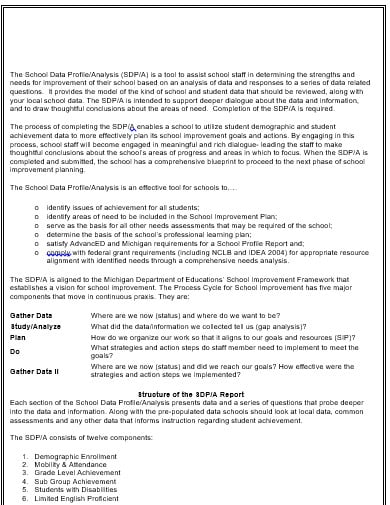 pbworks.com
pbworks.com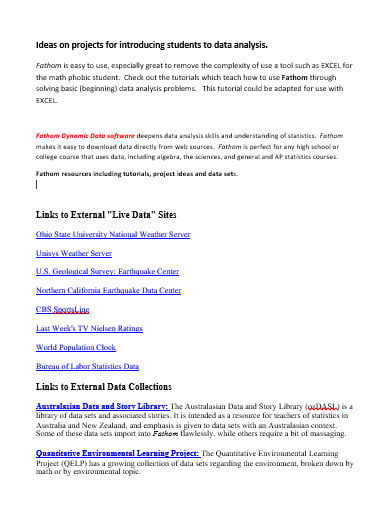 bioquest.org
bioquest.org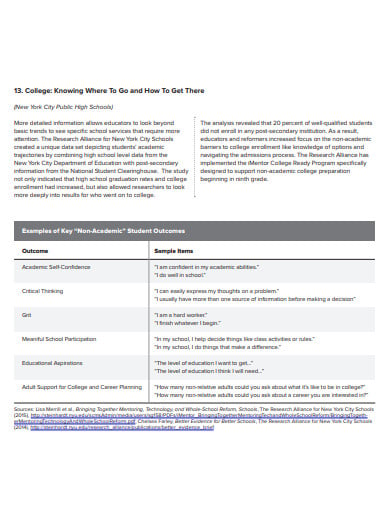 fpf.org
fpf.orgThe schools must invest time and resources to build a solid foundation for performance improvements. This foundation will help in setting goals that are specific and can also be measured at all levels of the organization. The other component of the foundation is the development, implementation, and monitoring of the curriculum. The foundation helps educators to gather, organize, discuss and act on similar and relevant data.
Clearly defined norms and expectations for data use are established by the top levels of the organization. Principals follow through by reinforcing the system expectations and there is mutual accountability between the district office and schools which builds a commitment to continuous improvement.
Schools generally do not lack much of the school data. One of the common problems is that most of the student performance data is not organized. It is available in a comprehensible manner that can be used effectively by the staff. The data system makes the data timely as well as accessible to ensure that the data is gathered and put to use. Proper investment is required that will assist the schools with data management and use.
There can be several data types for the school to access but among them, the student assessment data is important. Besides, performance-driven school districts also use other types of information such as instructional practice data and goal implementation data is also used for the improvement cycle. One of the most important data is the implementation of the assessments that are aligned for measuring student learning at a certain period.
The school must develop certain tools and some processes that will help the principals, teachers and other staff members act on the data. Make sure to provide immediate feedback to schools regarding student achievement and progress toward certain goals.
There can be many types of data analysis that may include new techniques and methods emerging daily that enable institutions to understand their ecosystems widely and deeply. This term generally refers to the cleaning, processing, and manipulation of data to arrive at conclusions, excavate some trends, or support business decisions with some reliable data. It simply refers to the understanding of the institution’s needs and the availability of information at hand. It helps in determining which of these methods would benefit you the most.
Analyzing data in schools usually helps in making important decisions about the school policies, curriculum as well as for instructions. The decision-makers of the school can determine how well schools are doing if they pay close attention to the numerical patterns and the trends that have been interpreted for the analyzed data. This can help in taking steps for improvement of the school. It also helps them in recognizing various issues such as changing some demographics and then develop some action plans to address them.
Not only the students benefit from data analysis in the school but all the stakeholders in the education can also gain from are relying more on data. The teachers can analyze each of their classrooms’ educational achievements, students can measure their performance and make decisions regarding what to focus on, and many more, all thanks to the knowledge available at their fingertips. Even the administrators can improve the efficiency of their processes by analyzing user actions while interacting with numerous services that are provided.
Data analysis of the performance of every student can help the teachers do better lesson planning, perform better teaching and even support the continuous improvement of their students. By getting a platform that carries out the reports and analyses student performance data, even teachers can save 80% of their time.
In some schools, students are also trained to collect and analyze their assessment data. The students can then explain their performance to their parents and improve their action plans. This helps in opening the line of communication with the parent and the students start taking responsibility for their performance. In simple words, it enables the student to have control of his/her learning and shifts the role of the teacher with the student.

It is extremely important to stay aware of the positive and negative aspects of oneself and it helps a person…

A business analysis questionnaire will assist you in examining the present condition of your business and in planning future tactics…
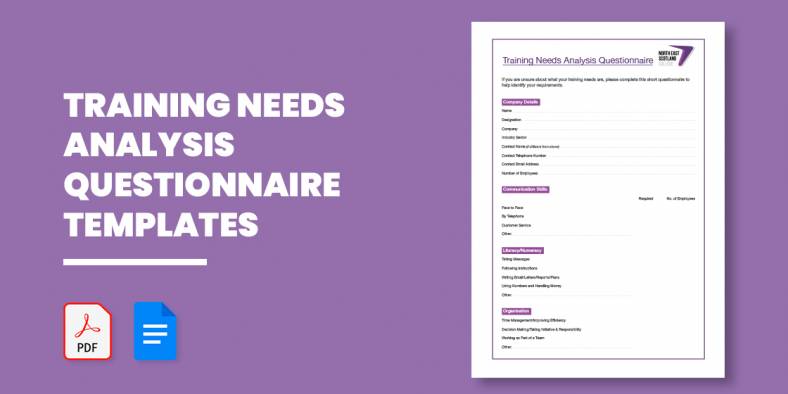
If an organization is a structure, an employee is the backbone of it. It is in the hands of the…

logistics cost analysis logistics cost analysis ppt logistics cost analysis template logistics cost analysis model logistics transportation cost analysis outbound…

The Research Gap Analysis is finding out the responses of the unsolved questions and the problems in the research work.…

A school data analysis is considered as a diagnostic tool that plans to make rich and deep collaborative discussions among…
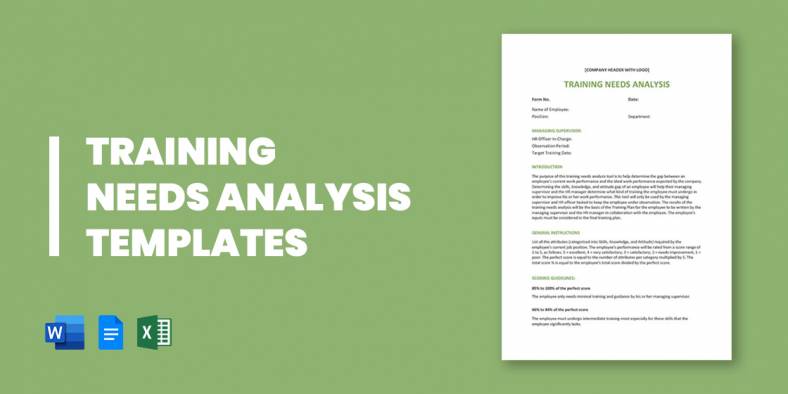
Before employers provide the needed training to the employees, they must conduct a training needs analysis. By definition, a training…

A nursing SWOT analysis template can be used by a nurse mentor, nurse tutor or students who are seeking a…

A SWOT – Strength, Weakness, Opportunity, Threat – analysis is an extremely useful way of logically mapping your chances or…